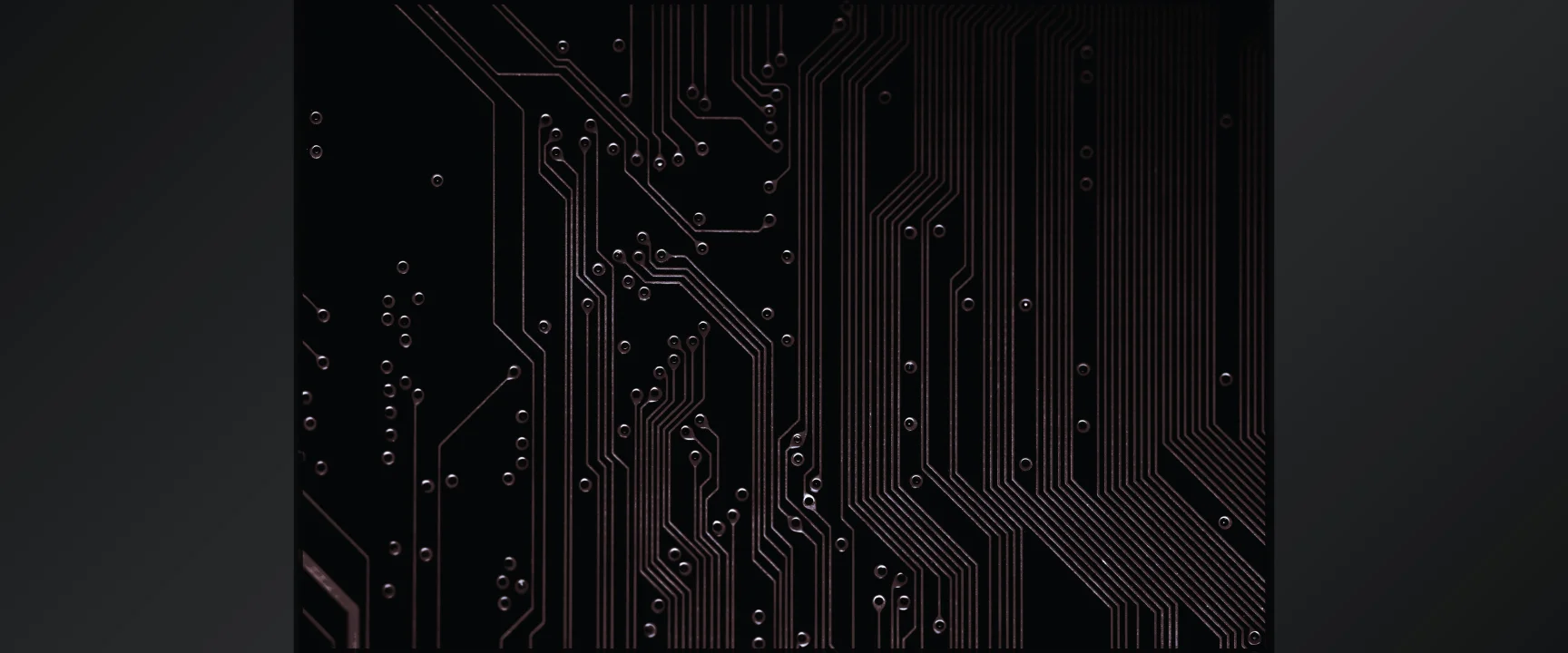Here at Flight Creative Media, we're big fans of reality. Let’s just get that out of the way. Overall, we think reality is great. It’s tangible, it’s full of surprises, and it’s all around us.
But we're also pretty amazed by all the creative ways tech developers are finding to augment our reality. Now that tech giants like Apple and Google have brought built-in AR functionality to mass-market smartphones, the rest of the tech world seems to be boarding the AR bullet train in a big way. And it's easy to see why. Even in its early stages, the platform has already opened up countless possibilities – some for fun, and some for function.
Of course, being such a new technology, not everyone is yet convinced of its merit or usefulness. To those who are unfamiliar, or who have perhaps tried an AR device or app and don't yet see what the fuss is about, consider the following ...
The product video already does a solid job of describing Epson and DJI's new project, but this is an idea worth emphasizing – it's a completely virtual drone, layered on top of your environment, that basically lets you stumble through the learning stages of aerial flight with zero consequences.
The holographic drone (modeled after DJI's Mavic Pro) is programmed to respond with essentially the same physics and controls as its real-life counterpart. But being that it has no mass, and is invisible to anyone but the pilot, the risk of expensive crashes, injuries, or collateral damage is nonexistent.
Classroom overhead projector. Photo taken during the late Bronze Age... am I right, fellow Millennials?
This technological feat is achieved with software not unlike the built-in AR functions in iOS and Android. An advanced camera scans the environment you're in, measures the 3D space around you, and projects a virtual overlay onto the lenses of Epson's Moverio AR glasses. Sort of a modern wearable version of a transparency sheet on an old overhead projector. I mean, so I'm told. I've never seen one in person. Because of how super young I am.
Skeptics of AR – and of simulated content in general – often lament the fact that a computer facsimile will never be as realistic as the actual thing it's based on. But it's important to understand that AR isn't trying to replace reality. Just because your iPhone can now generate a virtual pool table in the middle of the street, doesn't mean all iPhone users will burn the actual pool tables they own, and start playing street billiards full-time. It's just a convenient and entertaining way to play a full-sized game of pool when you don't have access to a table. That's something we didn't have before.
By the same token, Epson and DJI's drone simulator is meant to function as an alternative to training with a real drone, and it might just be the best tool for that job we've seen yet. Because once you've moved beyond the training stages, the Epson Moverio glasses continue to be incredibly useful. Once you start flying the real Mavic Pro, Epson's glasses can actually project the drone's first-person camera feed directly onto the lenses, along with an overlay of relevant data (speed, elevation, remaining battery, etc).
The masses tend to be resistant to wild new tech ideas like this, but most AR skeptics are just waiting for the platform to prove its functionality. Developers, take note – this is how you bring real usefulness to your augmented reality experience.

